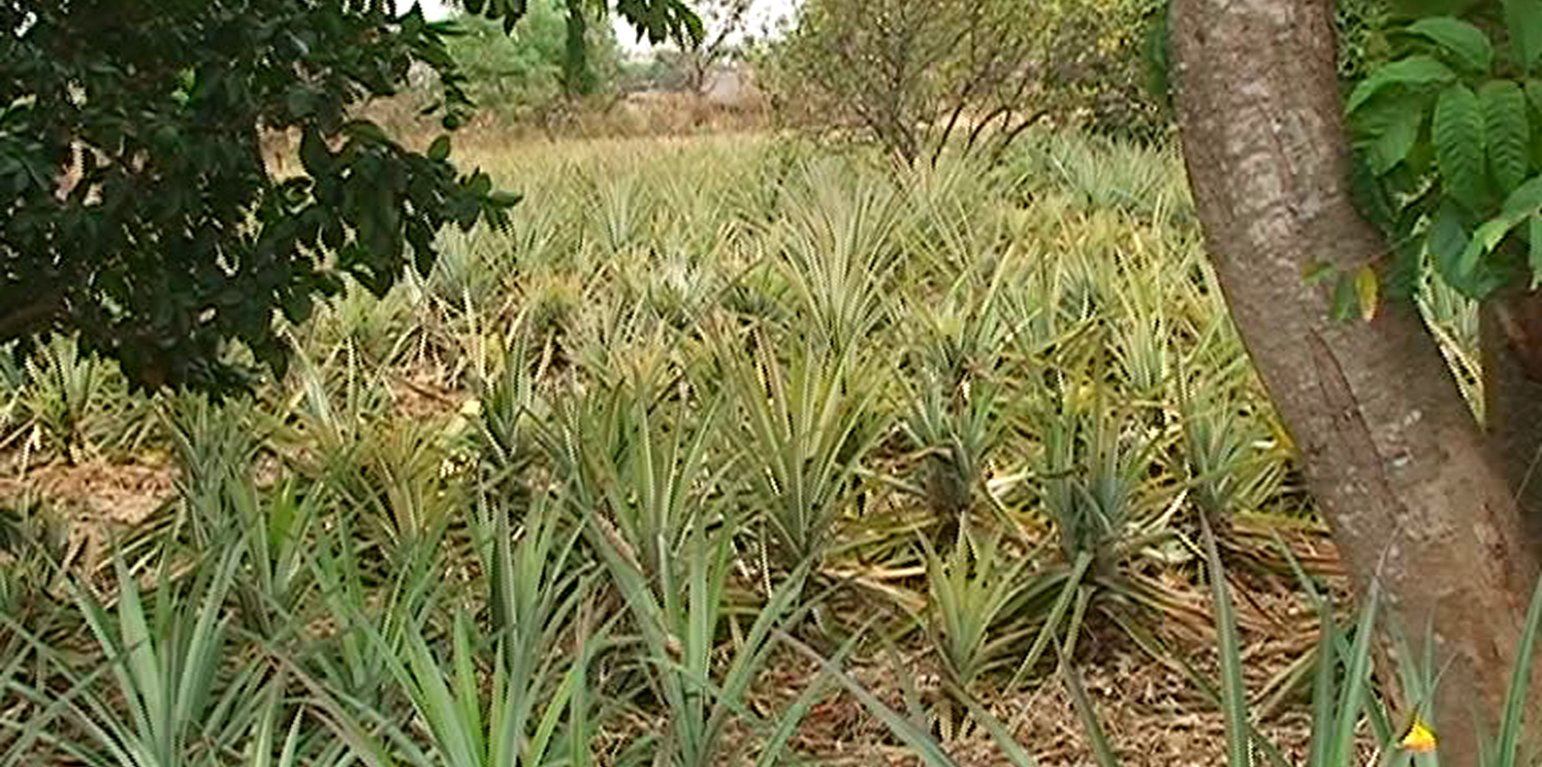



Grevillea Robusta (silk oak) is a leguminous, fast growing and evergreen tree planted in a natural environment with tropical savanna climate of Northern Uganda which receives rainfall of about 750-1000 mm per annum, established on a generally flat slope with an altitude of about 1000 meters above sea level. The soil type is moderately fertile with low moisture content that favours tree growth. These trees are planted as boundary lines for providing shade on a pineapple cropland, nitrogen fixation, increasing soil organic matter, providing fuel wood and as a source of timber for construction after 5-8 years. The tree species generally grows well under the mono-modal (one rainfall season) rainfall pattern of Northern Uganda.
Planting is normally done during the wet season at the onset of rain in early April and the inputs required for establishing this technology include Grevillea Robusta seedlings majorly provided by the District forestry officers, farmyard manure, hand hoes and spades. A hand hoe is used to dig pits about 0.5 m deep, 0.6 m wide and 3 to 5 m apart and 1 meter away from the pineapple crop. Farmyard manure is added to the pit to fill a depth of about 0.3 m, a layer of top soil is added to 0.2 m depth and the seedling is planted on top. The rest of the pit is filled with soil and watered to improve soil moisture content. Bamboo canes can be woven around the seedlings to protect them from destruction by livestock. Grevillea Robusta grows fast when the boundary line is well established within two years. The pruned branches provide fuel wood for domestic use like cooking and within 5 to 8 years the trees are harvested for timber. Establishment costs for this technology are normally higher compared to maintenance costs especially for the purchase of Grevillea seedlings, manures, farm equipment like hand hoes and pangas. The technology is easily and spontaneously adopted by average smallholder farmers with less than 2 acres and is useful for providing shade to the pineapple crop thus increasing the yield. What is not liked about this technology is that it forms a big canopy that limits photosynthesis. To maintain this technology, the land user has to constantly prune whenever the canopy grows big.
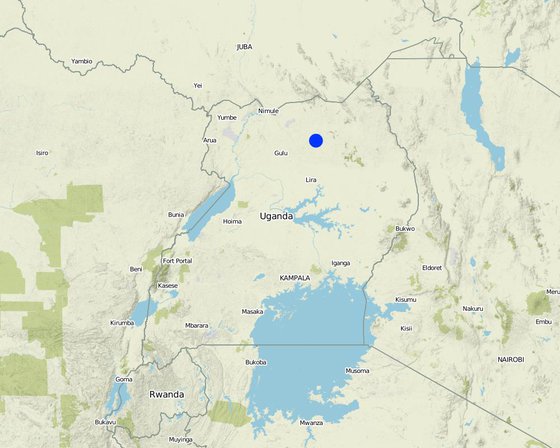
Location: Pader Town Council, Northern Uganda., Uganda
No. of Technology sites analysed: single site
Spread of the Technology: evenly spread over an area (approx. < 0.1 km2 (10 ha))
Date of implementation: 2012; less than 10 years ago (recently)
Type of introduction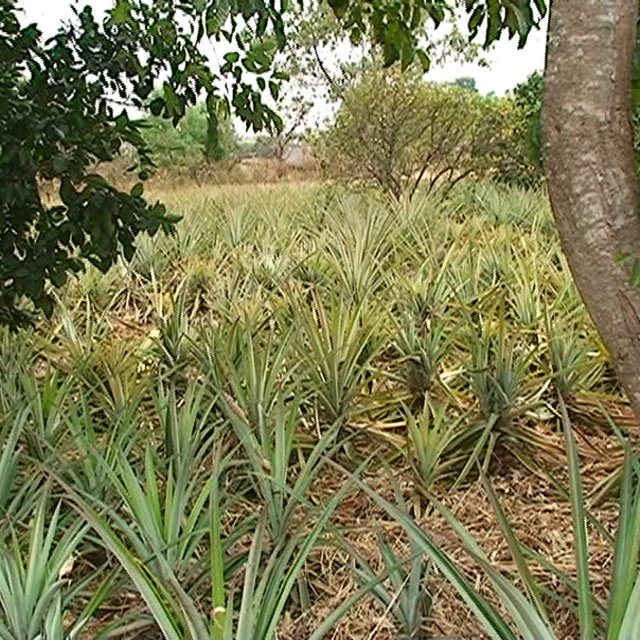
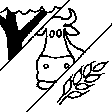



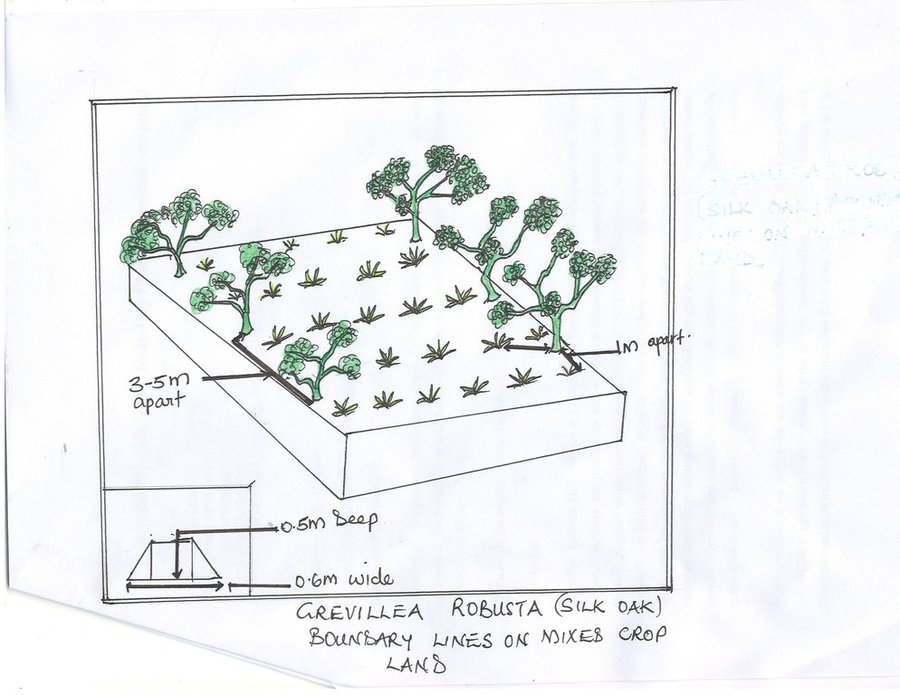
| Specify input | Unit | Quantity | Costs per Unit (UGX) | Total costs per input (UGX) | % of costs borne by land users |
| Labour | |||||
| Hired labour | Day | 30.0 | 3000.0 | 90000.0 | 100.0 |
| Equipment | |||||
| Hoe | pieces | 10.0 | 12000.0 | 120000.0 | 100.0 |
| Panga | pieces | 5.0 | 10000.0 | 50000.0 | 100.0 |
| Plant material | |||||
| Grevillea seedlings | pieces | 500.0 | 100.0 | 50000.0 | 100.0 |
| Fertilizers and biocides | |||||
| Manure | Kgs | 20.0 | 5000.0 | 100000.0 | 100.0 |
| Construction material | |||||
| Bamboo reeds | pieces | 100.0 | 1000.0 | 100000.0 | 100.0 |
| Total costs for establishment of the Technology | 510'000.0 | ||||
| Specify input | Unit | Quantity | Costs per Unit (UGX) | Total costs per input (UGX) | % of costs borne by land users |
| Labour | |||||
| hired labour | days | 5.0 | 3000.0 | 15000.0 | 100.0 |
| Equipment | |||||
| hoes | pieces | 10.0 | 12000.0 | 120000.0 | 100.0 |
| pangas | pieces | 5.0 | 10000.0 | 50000.0 | 100.0 |
| Total costs for maintenance of the Technology | 185'000.0 | ||||
Quantity before SLM: low
Quantity after SLM: high
Quantity before SLM: low
Quantity after SLM: high
Quantity before SLM: low
Quantity after SLM: high
Quantity before SLM: low
Quantity after SLM: high
Quantity before SLM: low
Quantity after SLM: high
Quantity before SLM: low
Quantity after SLM: high
Quantity before SLM: low
Quantity after SLM: high
Quantity before SLM: low
Quantity after SLM: high
Quantity before SLM: low
Quantity after SLM: high
Quantity before SLM: high
Quantity after SLM: low
the trees protect the soil from erosion
Quantity before SLM: low
Quantity after SLM: high
Quantity before SLM: low
Quantity after SLM: high
Quantity before SLM: low
Quantity after SLM: high
Quantity before SLM: low
Quantity after SLM: high
Quantity before SLM: low
Quantity after SLM: high
Quantity before SLM: low
Quantity after SLM: high
Quantity before SLM: high
Quantity after SLM: low
trees protect the pineapple garden from strong wind
Quantity before SLM: Low
Quantity after SLM: High
Grevillea trees act as windbreak on a pineapple field